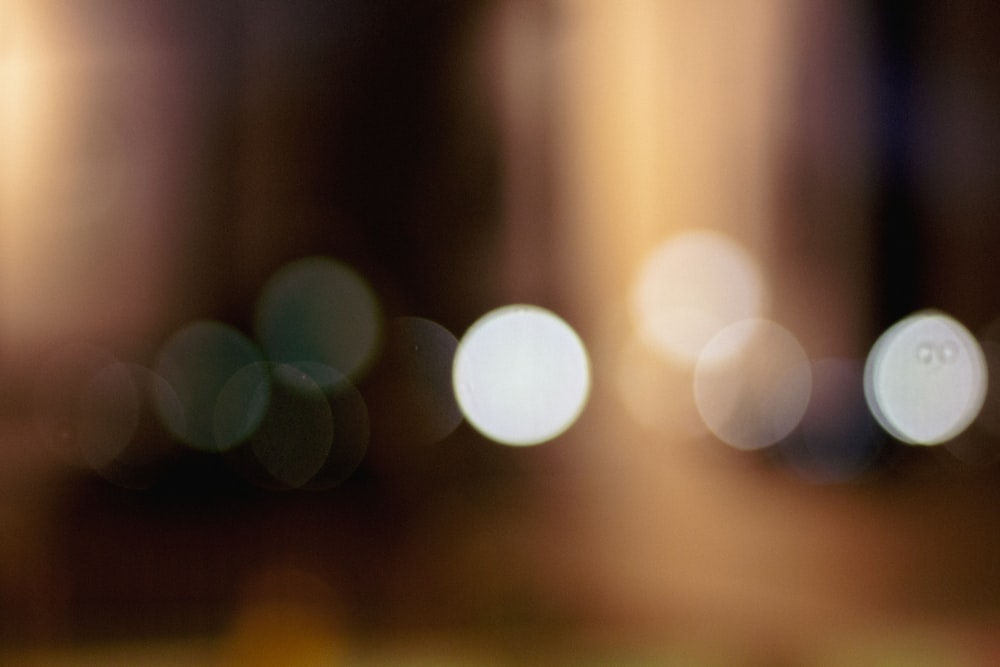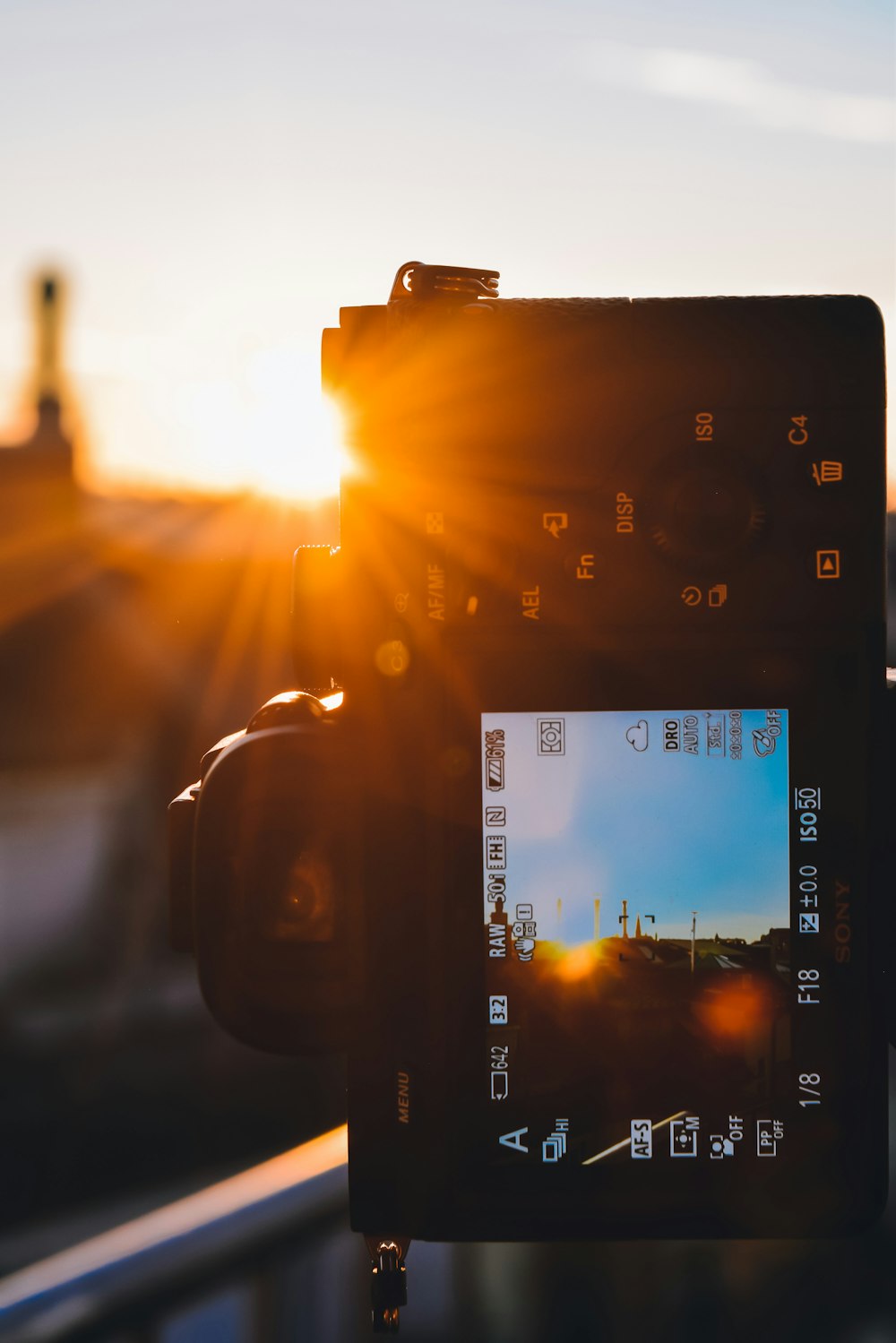Are you a photographer who has ever encountered the term “ghosting” in your line of work? If so, you’re not alone! Ask my teenage son what ghosting is and he’ll give you a completely different version to do with dating.
Ghosting is a term that is often used in photography, and it can have a significant impact on the quality of your images. In this post, we will delve deeper into the concept of ghosting, what causes it, and how to avoid it in your photography.
Ghosting is a common issue that arises when taking photographs. You may have noticed a ghosting effect on your images when you take a photograph of a subject with a light source in the background, such as a streetlamp or the sun. Ghosting appears as a noticeable blur or halo around the subject and can often result in a poor image quality.
Ghosting occurs when light enters the camera lens and reflects off the surface of the sensor. The reflected light bounces back and forth between the surface of the sensor and the lens, resulting in a secondary image or ghost image. This effect is caused by internal reflections within the lens, which are difficult to avoid completely.
How to Prevent Ghosting?
One of the most effective ways to prevent ghosting is to use a lens hood. A lens hood is a device that attaches to the front of your lens and helps to block out unwanted light. This can reduce the amount of internal reflections within the lens, thus preventing ghosting. Another solution is to use a polarizing filter. This filter can help to reduce the light that enters the lens, thus minimizing internal reflections and reducing the occurrence of ghosting.
Another way to avoid ghosting is to change your shooting angle. Sometimes, when shooting at a certain angle, light enters the lens at a specific angle, causing ghosting. By changing your position or angle, you can minimize the amount of reflected light and prevent ghosting. You can also try using a different aperture setting. Lenses with wider apertures that allow more light may be more susceptible to ghosting. Therefore, using a higher aperture setting may help to reduce this effect.
Lastly, one of the best ways to prevent ghosting is to simply use a high-quality lens. High-quality lenses are often designed with anti-reflective coatings and other features that can help minimize ghosting. Investing in a high-quality lens may cost more upfront, but it can ultimately save you time and money in the long run by improving your image quality.
Final Thoughts:
In conclusion, ghosting is a common issue that can occur in photography, particularly when photographing a subject with a light source in the background. Ghosting can be frustrating and significantly impact the quality of your images, but there are several ways to prevent it. Using a lens hood, polarizing filter, changing your shooting angle, and investing in a high-quality lens are all effective ways to reduce the occurrence of ghosting. By employing these techniques, you can create stunning, professional-quality photos that are free from ghosting.





